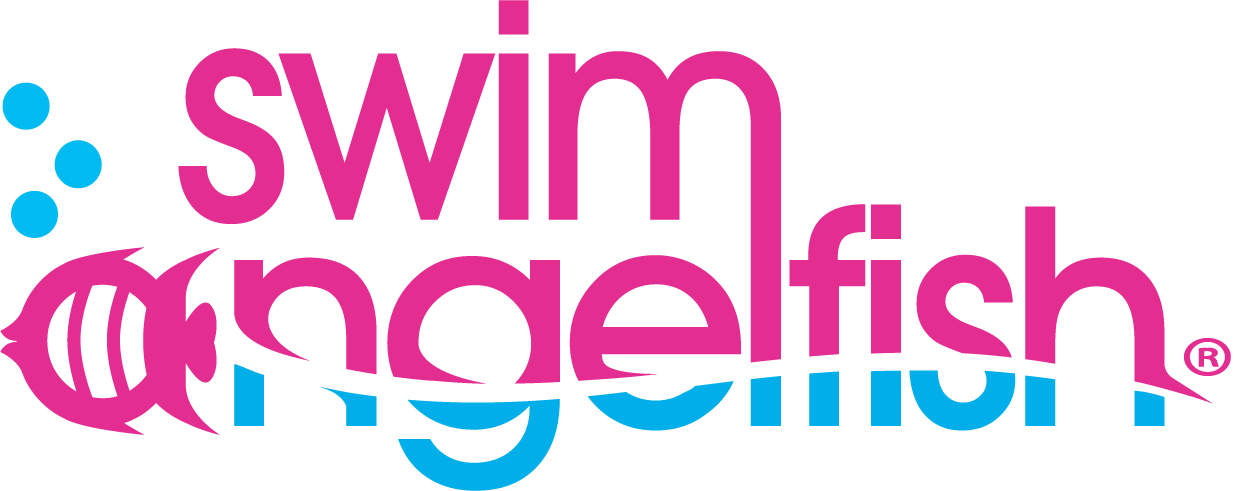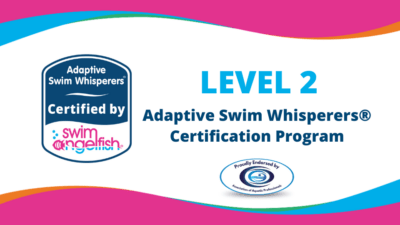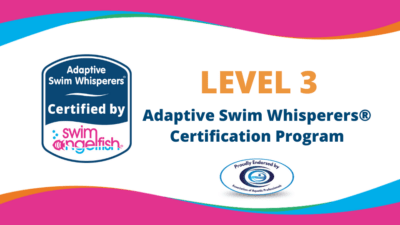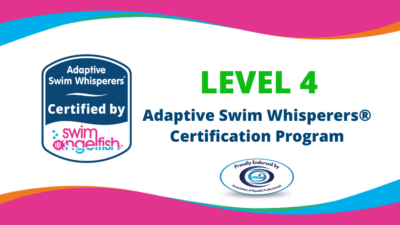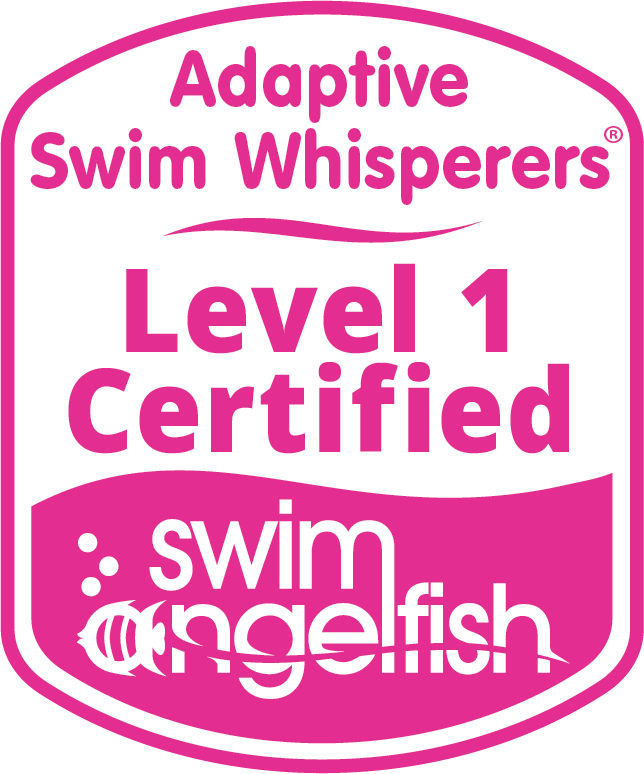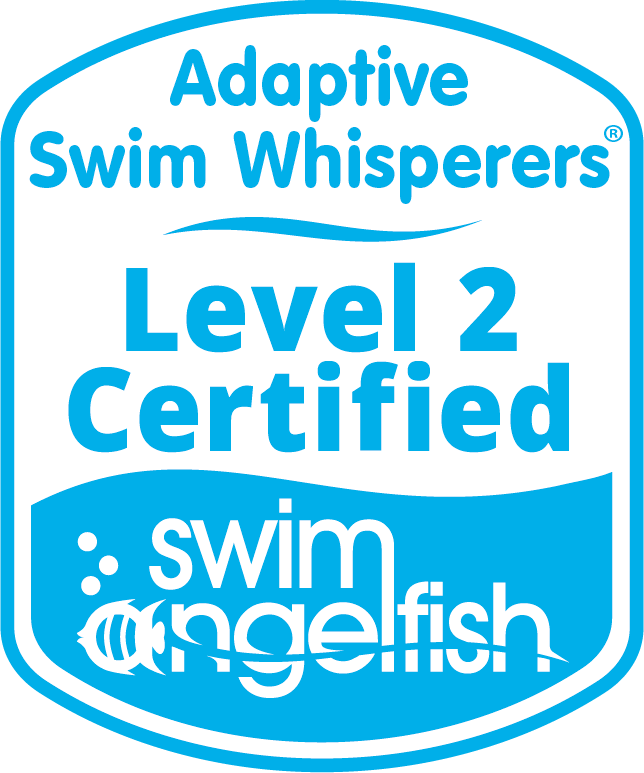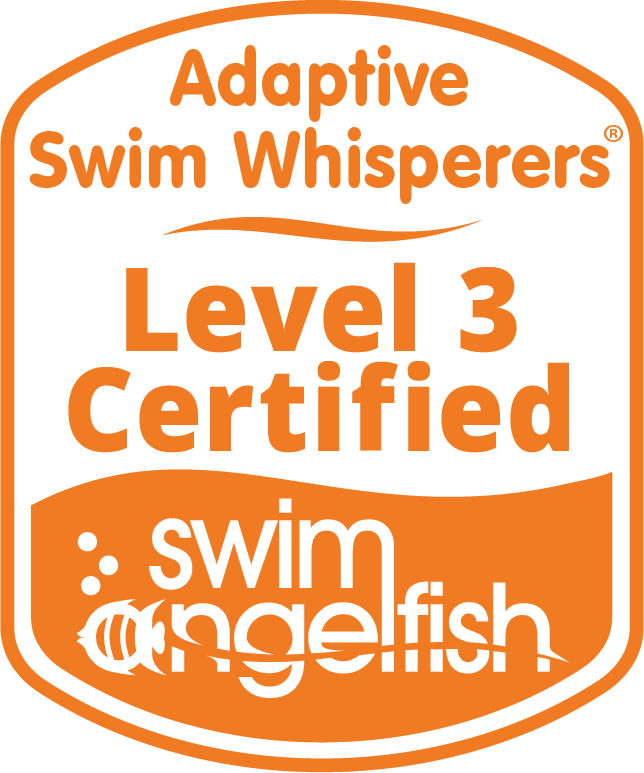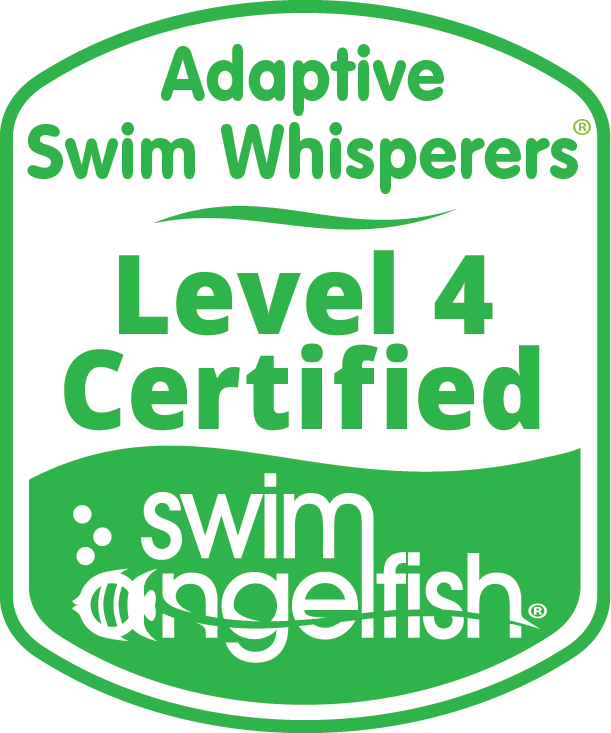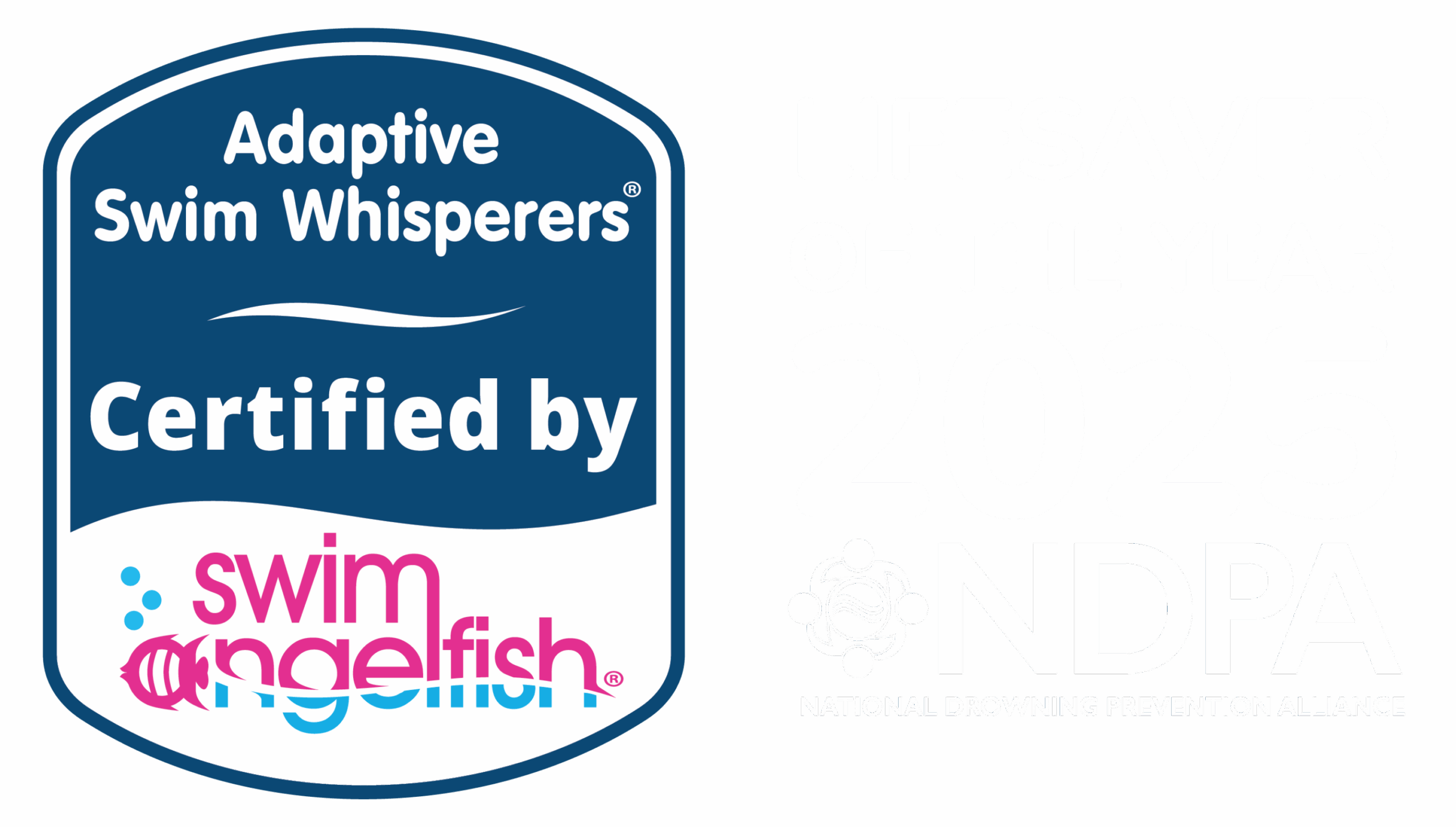Swim Whisperers® Level 1 Curriculum
Transform your adaptive skills and strengthen your Learn-To-Swim programs with the world-class Adaptive Swim Whisperers® Certification.
Our comprehensive multi-level online training will empower you to help individuals with special needs achieve their swim goals, faster and more comfortably. Proven to work for students with Autism, ADHD, Anxiety and other challenges.
Master a time-tested and proven method for identifying roadblocks and developing winning strategies to overcome the underlying problem and achieve swim goals.
Level 1 is an introduction to the 14 most common Roadblocks and 11 Areas of Focus. This course will help you understand the reasons behind behaviors that are getting in the way of swim success and will provide you with strategies for managing them. Are you ready to strengthen your adaptability and confidence when teaching swimmers with special needs?
Areas of Focus and Roadblocks
By the end of the Level 1 course, you’ll have learned 11 areas of focus hindering progress towards a specific swim goal and how to identify the 14 most common roadblocks encountered by swimmers with a variety of needs. You will have an adaptive toolbox you can use right away to make your swimmers feel more comfortable in the water and help them succeed in learning to swim faster.
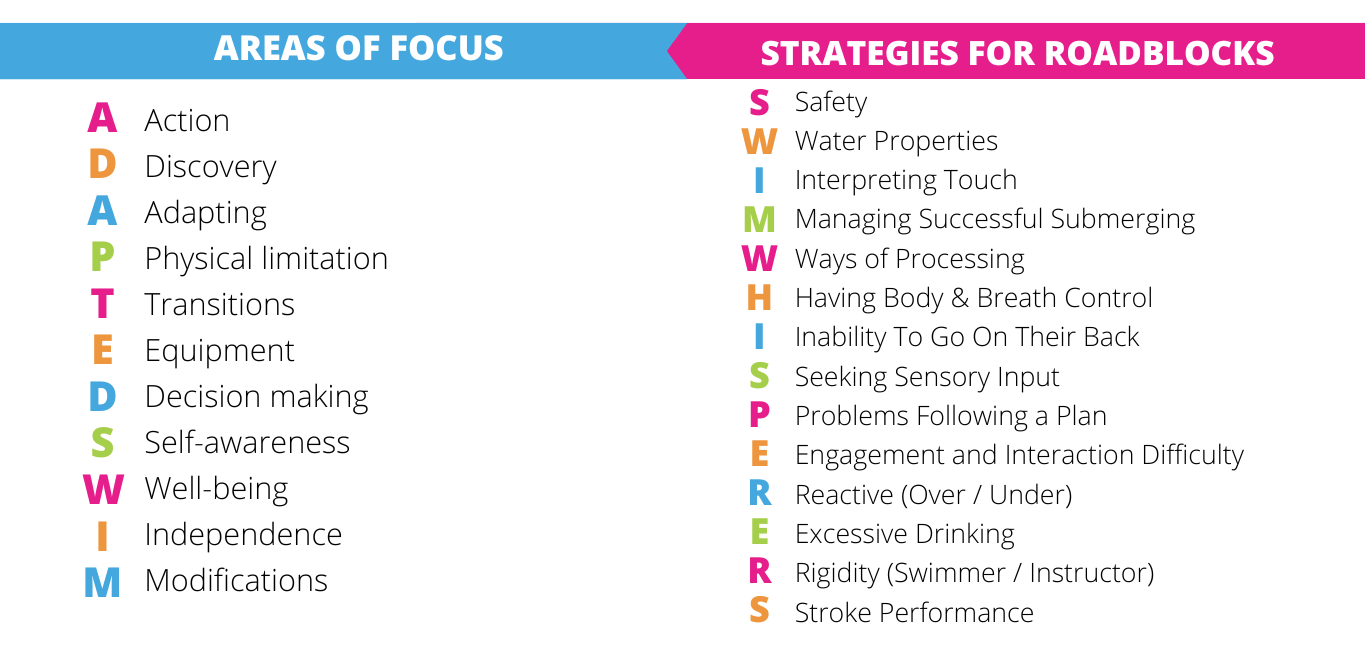
How it Works
The Swim Whisperers® Methodology is a continuous cycle of selecting a swim goal to work on, identifying the roadblock and area of focus, addressing the challenge(s) with the Swim Whisperers® time-tested strategies and techniques and adapting your teaching approach to achieve swim skill benchmarks.
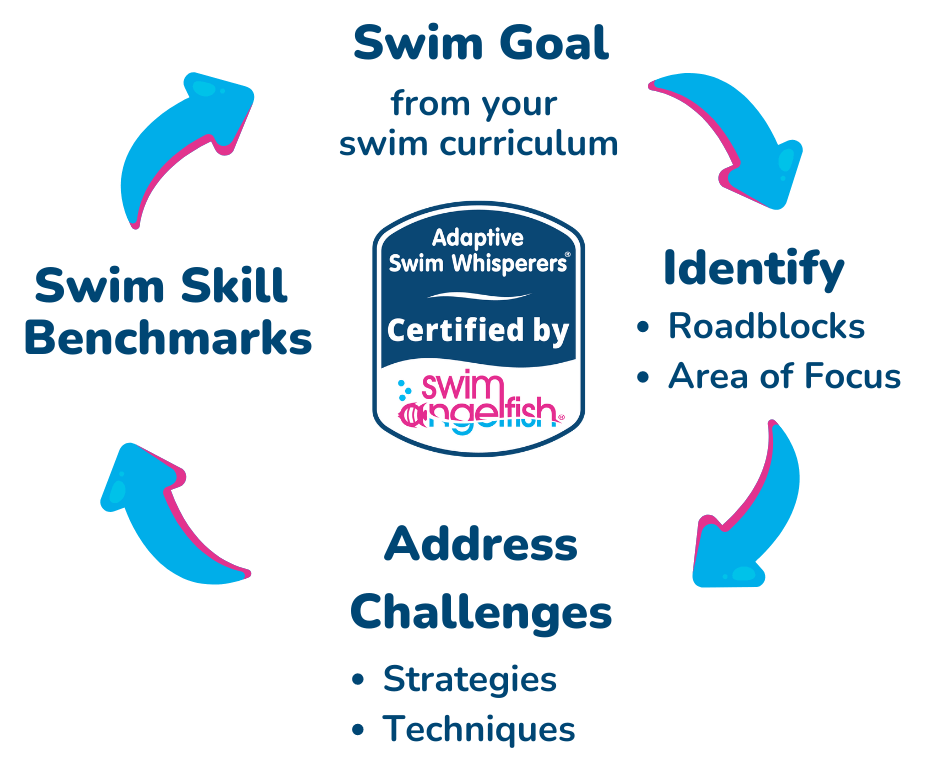
Comprehensive Training Includes
- Up to 14 hours of learning, broken into 20 modules.
- Variety of learning tools incorporating video lectures, case studies, resources and quizzes.
- A comprehensive manual.
- A printable workbook.
- Marketing kit detailing everything you need to know about marketing your new adaptive skills.
- Access to the Swim Whisperers® Perks.
- Exam.
- Certificate.
- Level 1 Badge and Training Provider Badge.
Level 1 Course Objectives
- Understand the 14 Roadblocks of swimming and 11 Areas of Focus when working with swimmers with special needs.
- Identify the signs of discomfort that are related to a roadblock and implement one or more strategies.
- Establish a method of combining several movement/sensory strategies throughout a 30-minute swim lesson.
- Identify signs and symptoms of sensory behaviors and provide strategies to keep swimmers engaged.
- Develop increased confidence and skill when working with swimmers of all abilities and all levels of sensory and motor difficulties.
- Use 3-5 strategies to address underlying problem (not the symptom) and reach your swim skill benchmark faster.
Multi-Level Certification Program
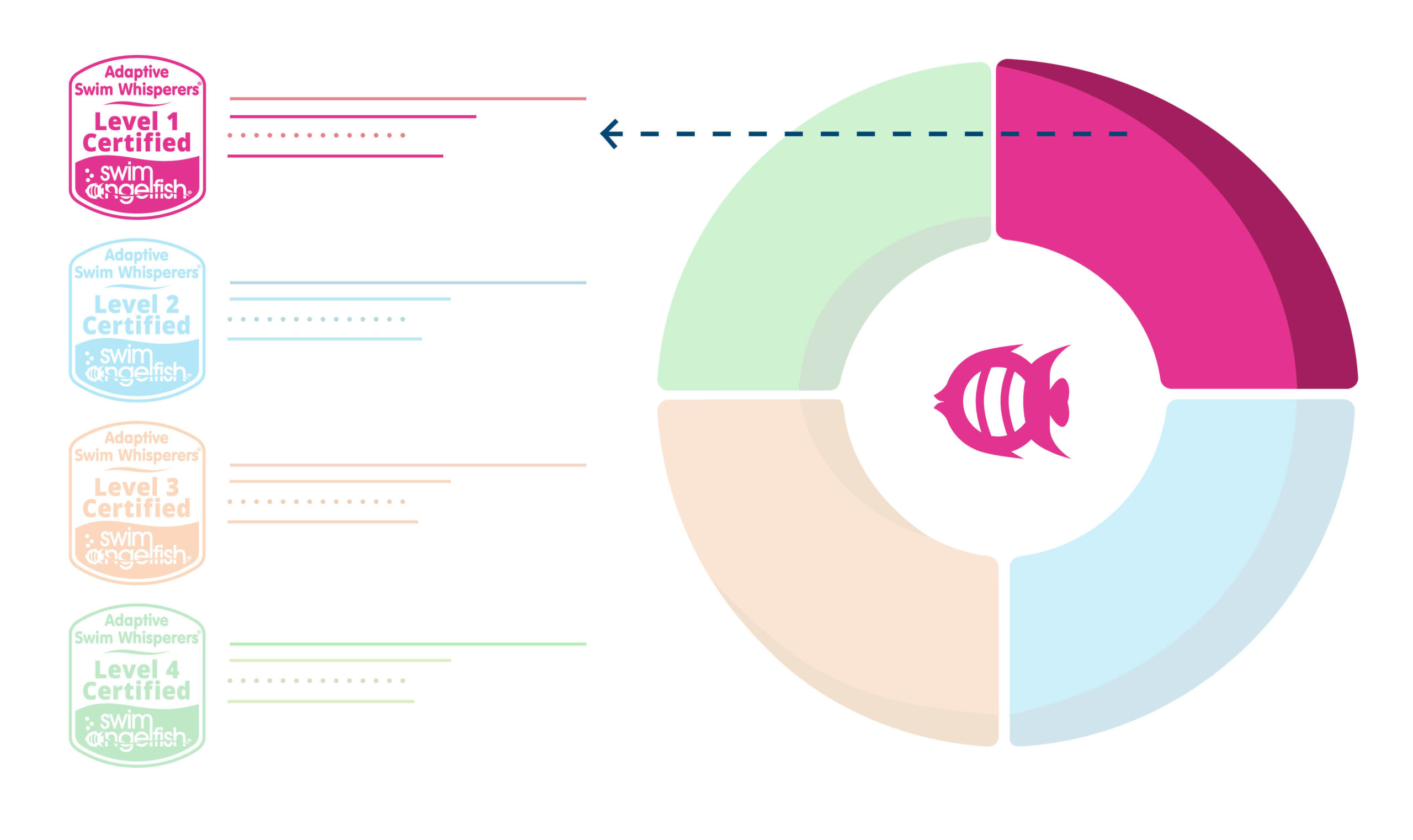
Level 1 Course Curriculum
Join us as we welcome you to the Swim Whisperers® Level 1 Certification Program and guide you through the course features and objectives, how to navigate Teachable, and help you get started with the Swim Angelfish Manual and printables.
A variety of teaching materials will be used in the introduction including 3 videos (under 10m), 4 Readings, 1 Manual and 4 Downloads.
- Welcome Video
- Navigation & Course Objectives
- Testimonials & Powerful Parent Testimonial Video
- Swim Angelfish Manual
- Downloads: Workbook & Printables
The training begins with an introduction to the 11 Areas of Focus that you can use to evaluate and spot roadblocks when instructing swimmers with special needs. We conclude this section with some motivational videos that give you a sneak peek into the magic of the Swim Whisperers® Program.
A variety of teaching materials are used in the Areas of Focus section including 4 Lecture videos (approx. 45 mins), 4 Case Study videos (approx. 18 mins), 3 motivational videos (approx. 25 mins) and 11 Readings.
- Reading: Areas of Focus Section of the Manual
- Lecture & Case Study: Action, Discovery, Adapting
- Lecture & Case Study: Physical Limitations, Transitions, Equipment
- Lecture: Decision Making, Self-Awareness
- Lecture & Case Study: Well-being, Independence, Modifications
Various teaching materials are used in this section to provide you with a sneak peek into the Swim Whisperers® methodology, including 3 Training videos (28 mins), Readings (5 mins), Quiz (5 mins).
- Overcome Anxiety: Watch Cindy and Ailene Empower a Young Anxious Swimmer
- Reading
- Quiz
- Training: Sensory Challenge
- Training: Safety Tips for Water Safety and Swim Progressions
In section 2, we start with the most important roadblock of all – Safety. Everyone learns differently and in this section, we will show you how to help swimmers gain awareness of the consequences of their actions in, near and around water to improve water safety for all.
A variety of teaching materials are used in the Safety segment including 1 Lecture video (approx. 6 mins), 4 Training videos (approx. 10 mins), Resources videos (under 2 mins), Webinar (approx. 60 mins), 1 Reading.
- Reading: Safety Section of the Manual
- Lecture: Safety
- Training: Reinforce Safety for Sensory-Seeking Swimmers
- Training: How to Teach Safe Jumping for a Boy with Autism
- Training: Wheelchair to Water Safe Entry
- Training: Walking, Asking and Parent Participation
- Resources: Rescue Equipment & Caregiver Practice
- Webinar: NDPA Disabilities & Drowning Prevention (optional)
- Safety Forum
In this section, we talk about the characteristics and properties of the water with a new lens to show you how these can make a difference in your special needs adaptive swim lessons.
A variety of teaching materials are used in the Water Properties segment including 1 Lecture video (approx. 12 mins), Case Study video (approx. 14 mins), Training video (approx. 7 mins), 1 Reading.
- Reading: Water Properties Section of the Manual
- Lecture: Water Properties
- Case Study: 8-Year-old, Nonverbal Boy with Down Syndrome
- Training: How to Address the Properties of the Water During a Lesson
- Water Properties Forum
We give you insight into the various ways that people react to touch and how swim instructors can work with a variety of swimmers to help them become independent in the water. This section covers swimmers who cannot tolerate touch, those who don’t like to grasp objects and those who seek out touch.
A variety of teaching materials are used in the Interpreting Touch segment including 1 Lecture video (approx. 7 mins), 1 Case Study video (approx. 10 mins), 3 Training videos (approx. 5 mins), 1 Reading.
- Reading: Interpreting Touch Section of the Manual
- Lecture: Interpreting Touch
- Case Study: A Child with Autism who is Non-verbal and exhibits Behavioral Issues
- Training: How to Get a Child with Autism to Wear Goggles
- Training: How to Progress with Discomfort of Goggles
- Training: What to Do When Your Swimmer Won’t Let You Touch Them
- Interpreting Touch Forum
An important part of any learn-to-swim curriculum is to teach swimmers how to submerge. We share techniques and strategies to help you successfully achieve submerges with swimmers who might have anxiety or are afraid to go underwater, or those who have physical or sensory challenges. After this section, you will feel more confident and be able to modify your approach to assist swimmers with special needs in meeting this important swim skill benchmark.
A variety of teaching materials are used in the Managing Successful Submerging segment including 1 Lecture video (approx. 8 mins), 4 Training videos (approx. 9 mins), 2 Case Study videos (approx. 16 mins) and 1 Reading.
- Reading: Managing Successful Submerging Section of the Manual
- Lecture: Managing Successful Submerging
- Training: Flexibility in Approach
- Training: Strategy Works at End of Lesson
- Training: Managing Submerging
- Case Study: A Swimmer with a Developmental Delay
- Case Study: A Swimmer with Cerebral Palsy
- Training: Swim Whisperers Formula for Successful Submerging
- Managing Successful Submerging Forum
Swim success can be unlocked by understanding how each swimmer receives information differently. This is particularly important in a pool environment where auditory processing is challenging. This section will help you to learn new skills and techniques to support your current teaching methods.
A variety of teaching materials are used in the Ways of Processing section including 1 Lecture video (approx. 9 mins), 4 Training videos (approx. 11 mins), 1 Download, and 1 Reading.
- Reading: Ways of Processing Section of the Manual & Printable PECS
- Lecture: Ways of Processing
- Training: Reaching Swim Skill Benchmarks
- Training: Are You Allowing Time to Process?
- Training: Basic Sign Language
- Training: Discover, Adapt and Practice Self-Awareness
- Ways of Processing Forum
There are many factors that affect body and breath control with swimmers who have special needs. As control is an important foundational swim skill, we will show you how to assess and identify challenges that your swimmer is facing in relation to body and breath control. We will give you techniques to support them to perform deeper, more controlled and synchronized breathing.
A variety of teaching materials are used in the Having Body and Breath Control segment including 1 Lecture video (approx. 12 mins), 2 Training videos (approx. 5 mins), 3 Case Study videos (approx. 19 mins) and 1 Reading.
- Reading: Having Body and Breath Control Section of the Manual
- Lecture: Having Body and Breath Control
- Training: Promoting Independence for a Swimmer with a Visual Impairment
- Training: Swim Progression for Twins with Autism
- Case Study: A Teenager with Cerebral Palsy
- Case Study: A Swimmer with Arthrogryposis
- Case Study: Semi-private Class of Adolescents with Motor Incoordination
- Having Body and Breath Control Forum
Getting into a back float position can be hard for typical swimmers and can be even more challenging for swimmers with physical, motor or sensory challenges. We will show you that discovery and decision-making are important strategies in determining how to give support and when to assist in moving a swimmer to a back float position.
A variety of teaching materials are used in the Inability to go on their Back segment including 1 lecture video (approx. 6 mins), 1 Case Study video (approx. 1 min), 2 Training videos (approx. 7 min) and 1 Reading.
- Reading: Inability to Go On Their Back Section of the Manual
- Lecture: Inability to Go On Their Back
- Case Study: Teenager with Cerebral Palsy Swimming on Her Back Independently
- Training: Overcome Obstacles for Back Float
- Training: Floating Progression to Achieve Back Float
- Inability to Go On Their Back Forum
Water is the ideal environment for swimmers who seek sensory stimulation. You will discover how to include sensory activities into swim lessons, to satiate this need for your swimmers. This will encourage greater engagement, improved concentration, and will help them to follow directions to achieve swim skills faster.
A variety of teaching materials are used in the Seeking Sensory Input segment including 1 lecture video (approx. 7 mins), 2 Case Study videos (approx. 15 mins), 1 Training video (approx. 2 mins), and 1 Reading.
- Reading: Seeking Sensory Input Section of the Manual
- Lecture: Seeking Sensory Input
- Case Study: A Child on the Autistic Spectrum
- Case Study: A Child with Down Syndrome
- Training: Developmentally Delayed Young Adult Sensory Swim
- Seeking Sensory Input Forum
With the special needs population, things don’t always go according to a set plan. To help swimmers develop and meet swim skill benchmarks, Swim Instructors will need to be flexible within their plan and may need to modify the plan to achieve success during the lesson. We will provide you with a toolbox of strategies and techniques to help you overcome any problems that arise when following a plan.
A variety of teaching materials are used in the Problems Following a Plan section including 1 lecture video (approx. 4 mins), 4 Training videos (approx. 14 mins) and 2 Readings.
- Reading: Problems Following a Plan Section of the Manual
- Lecture: Problems Following a Plan
- Training: Pivoting Your Plan to Achieve Swim Skill Benchmarks
- Training: Changing Your Plan in the Moment
- Training: Parent Support and Safety
- Training: Flexibility with Your Approach
- Reading: American Swimming Magazine – ADHD, Autism and Anxiety
- Problems Following a Plan Forum
How can you get someone to swim if you can’t even get them to engage or attend to what you’re doing? Meeting your swimmer where they are at and connecting with them in a way that works best for them will be a game-changer in your adaptive swim lessons. We share strategies and techniques to help you and your swimmer build trust during your lessons.
A variety of teaching materials are used in the Engagement and Interaction Difficulty section including 1 lecture video (approx. 10 mins), 2 Case Study videos (approx. 13 mins), 1 Training video (approx. 2 mins), Free Resources and 1 Reading.
- Reading: Engagement and Interaction Difficulty Section of the Manual
- Lecture: Engagement and Interaction Difficulty
- Case Study: A Child with Auditory Processing Difficulties
- Case Study: Group of 3 Girls on the Autistic Spectrum with Limited Language
- Training: Allow Social Options by Engaging the Next Swimmer
- Resources: Blogs, YouTube and Mini Courses
- Engagement and Interaction Difficulties Forum
You will be working with swimmers that have a wide range of different responses and reactions. The swimmer and caregivers depend on you to have different strategies and techniques in your toolbox to use in a wide variety of situations. Discovery and creativity are paramount in this section of the training and we will equip you with the tools you need.
A variety of teaching materials are used in the Reactive (over/under) section including 1 lecture video (approx. 7 mins), 3 Case Study videos (approx. 25 mins) and 2 Readings.
- Reading: Reactive (Over/Under) Section of the Manual
- Lecture: Reactive (Over/Under)
- Case Study: Under Reactive
- Case Study: Extreme Anxiety and Discomfort
- Case Study: Rigidity and Fear for a Boy With Autism
- Reactive (Over/Under) Forum
Many swimmers with special needs like to explore the water orally. In this section, you will learn the Swim Whisperers tips to overcome this roadblock as we demonstrate how to find alternative ways to provide input to decrease this behavior.
A variety of teaching materials are used in the Excessive Drinking section including 1 lecture video (approx. 7 mins), 1 Training video (approx. 7 mins), 1 Case Study video (approx. 4 mins), and 2 Readings.
- Reading: Excessive Drinking Section of the Manual
- Lecture: Excessive Drinking
- Case Study: Strategies For a Swimmer with Angelman Syndrome
- Case Study: Sensory Seeking and Autism
- Reading: Growing Your Toolbox
- Excessive Drinking Forum
Flexibility is an important theme throughout our program. As we discuss rigidity, we will talk about the instructor, and the swimmer, and give you strategies to overcome this obstacle to get increased compliance in your swim lesson. We will also talk about rigidity in terms of muscle tightness and how you can address this for more independent movement with your swimmers.
A variety of teaching materials are used in the Rigidity (swimmer/instructor) section including 1 lecture video (approx. 9 mins), 3 Training videos (approx. 7 mins) and 1 Reading.
- Reading: Rigidity (Swimmer/Instructor) Section of the Manual
- Lecture: Rigidity (swimmer/instructor)
- Training: The Potential of Young Adults
- Training: iPad Visual Schedule
- Training: Self-Awareness of Instructor Rigidity
- Rigidity (Swimmer/Instructor) Forum
Students with special needs can become great swimmers. As an adaptive swim instructor, you will need to approach teaching your students differently, including how to master good stroke mechanics and which strokes are ideal for different swimmers. In this section, you will learn strategies to help swimmers figure out the coordination of performing a correct swim stroke.
A variety of teaching materials are used in the Stroke Performance section including 1 lecture video (approx. 8 mins), 4 Training videos (approx. 9 mins), 2 Case Study videos (approx. 10 mins), and 2 Readings.
- Roadblocks: Stroke Performance Section of the Manual
- Lecture: Stroke Performance
- Training: Rings Strategy for Motor Coordination, Motivation and Engagement
- Training: Front/Back Crawl Prompting Techniques
- Case Study: Poolside Trains
- Case Study: Semi-Private for Motor Coordination Difficulties
- Training: Front Crawl Handling Techniques
- Training: Backstroke Handling Techniques
- Reading: Coaching Tips for Swimmers with ADHD, Anxiety, and Autism
- Stroke Performance Forum
In this section of the course we give you an in-depth summary of the Swim Whisperers Methodology and show you how to use the framework in a real-life lesson with 1 case study video (approx. 15 min) and a quiz.
- Case Study: Instructor and Parent Working With the Swim Whisperers Method
- Quiz
A variety of teaching materials are used in the Visual Schedules segment including 2 Training videos (approx. 12 min), 2 Downloads, 1 Reading and 1 Quiz.
- Training: Visual Schedules Reduce Anxiety
- Downloads: Using a Schedule to Reduce Anxiety
- Reading: Video Outline and Prompts
- Training: Make a Waterproof Visual Schedule
- Downloads: Make a Visual Schedule Instructions
- Quiz
Before taking the Swim Whisperers Certification exam, you need to complete one more step by creating a pool practicum. The pool practicum is an opportunity for you to get out all of your equipment that you plan to use and explore it with a typical swimmer.
A variety of teaching materials are used in the Pool Practicum section including 1 Training video (approx. 3 mins) and 2 Downloads.
- Training: Pool Practicum
- Downloads: Pool Practicum Instructions & Template and Mastering Adaptive Equipment: Selection, Purpose and Techniques
In this final section of the Swim Whisperers® Training Program you will take the exam, learn how to print your certificate and promote your certification with our marketing training video (approx. 10 mins) and media kit.
- Exam: Swim Angelfish Methodology Exam
- Reading: How to Print Your Certificate
- Downloads: Poolside Printables
- Training: Valuable Marketing Guide
- Reading: Media/Marketing Kit
- Reading: Your Certification Stamp and Examples of Advertising
- CEU Kit

Pricing
Introducing the Swim Whisperers® Certification Program
You can continue to learn and develop your adaptive aquatics journey by progressing through our multi-level program. Each level provides you with more complex knowledge, techniques and teaching methods. To keep your certification level active, you should complete each subsequent level, annually. Once you complete Level 4 your certification status and access to the course material will never expire.
